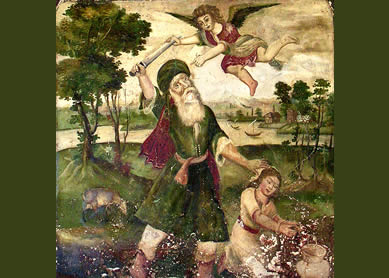Q. Was there a written language in Abraham’s time and what did the alphabet look like in those times?
A. This question assumes that Abraham is a datable historical figure, a claim that many, if not most, biblical scholars would contest. But let me take your question instead to mean: Was there a written language at the time when Abraham was supposed to have lived, and was it alphabetic?
Written languages first developed in Mesopotamia in the late fourth millennium, with Sumerian, which was later replaced by Akkadian, a Semitic language related to Hebrew. Neither of these used an alphabet; instead they were written syllabically, so that the inventory of signs used in any one period was several hundred, to express all possible syllable combinations. Alphabets developed late in the second millennium B.C.E., likely under the influence of the Egyptian practice of writing foreign names using an alphabetic system within their otherwise complex system of hieroglyphics. Thus Hebrew and related languages have a 22-letter alphabet that by and large expresses consonants only—the reader had to “guess” the vowels from context. But the development of alphabets in the ancient Near East was long after the period in which Abraham would have lived according to the biblical chronology; the biblical Abraham would have written syllabically in Akkadian in cuneiform (wedged-shaped writing impressed on clay tablets), rather than writing in any alphabet. —MZB
Q. In all creation accounts God says ‘Let us create this and this. . .’ To whom is God referring to? I thought that God created alone; why then does he speak in the plural?
A. Good question! In the past, Christian interpreters saw a reference to the Christian trinity in these plurals in




